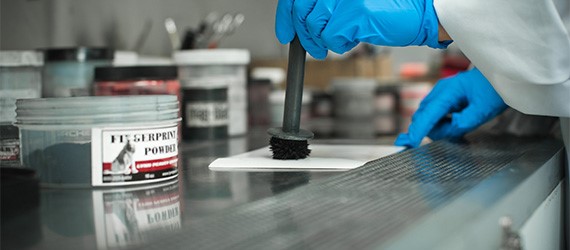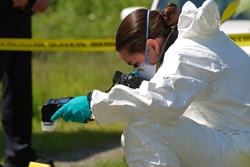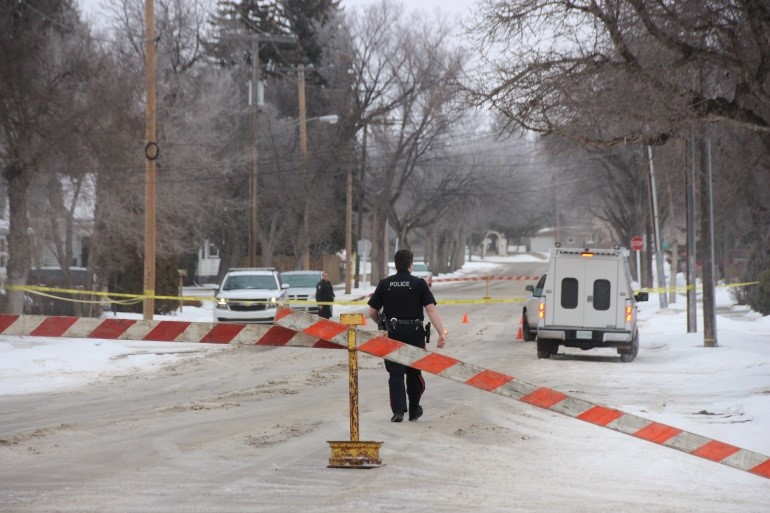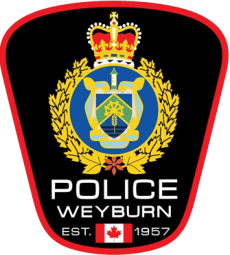
The Weyburn Police Service has trained FIS officers committed to identifying individuals and analyzing forensic evidence in a professional, objective and efficient manner. Our objective is to assist in the identification of persons responsible for the commission of offences through the lawful collection, analysis and preservation of evidence for presentation in a court of law.
The Science & Skills of Forensics
The Theory of Transfer states that when two surfaces come into contact, a transfer of material, or an impression from one to the other, usually takes place. The basic job of a FIS officer is to identify the evidence that is left behind by this transfer, to collect and preserve the evidence, and after analysis, to present the results in court. This requires extensive training in many of the forensic sciences.
DNA
DNA is still a fairly new forensic science that continues to develop. FIS members are trained to properly collect and preserve DNA evidence for analysis by the forensic laboratory.
Fingerprint Impressions
FIS members are trained to detect, preserve and collect fingerprint impression and examine them to identify the source. FIS members receive extensive training in fingerprint comparison and become experts in identifying individuals from fingerprint evidence.
Footwear Impressions
Footwear can be identified in much the same manner as fingerprints. If impressions or prints of the suspect’s footwear are located at the scene, FIS members can collect this evidence and compare it to the footwear of a known suspect.

Hair and Fiber Collection
Hair and fibers transfer between the victim, suspect, and crime scene. Using a variety of techniques, these items can be collected for examination by the forensic laboratory.
Photography
FIS members are trained in a variety of photographic techniques in order to accurately record a scene. Some of these techniques include night, studio, & aerial photography.
Scene Measurements & Scale Drawings
Measurement of crime scenes is also a skill required by FIS members. A variety of tools and instruments are used to collect the information and generate scale drawings.
Tire Impressions
Tires have unique characteristics such as fingerprints and footwear…..therefore they can be identified in the same manner.
Tool Marks
Tools can be compared to marks left at a crime scene. FIS members can photograph and take castings of tool marks for examination by the forensic laboratory.






